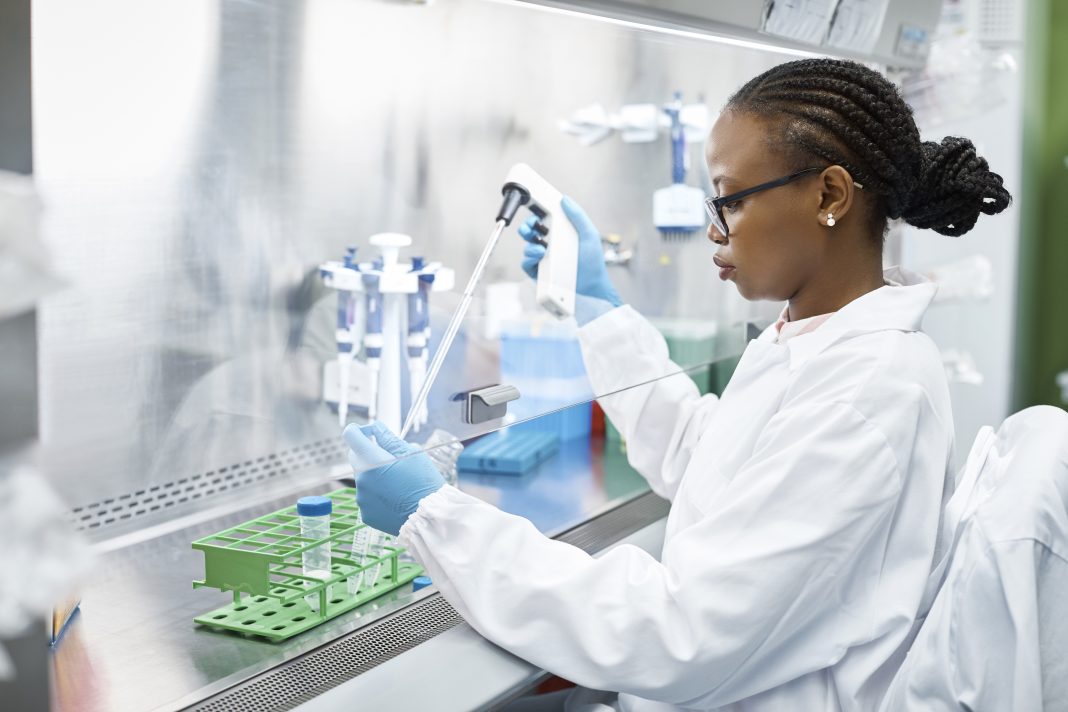The outcomes from biologics and cell therapies hinge on what they secrete. More specifically, protein secretion has important impacts for both the quality and quantity of a therapeutic produced using bioprocessing, says Dino Di Carlo, PhD, the Armond and Elena Hairapetian chair in engineering and medicine at the University of California, Los Angeles.
“For biologics,” he continues, “the rate at which producer cells secrete protein therapeutics—for example, monoclonal antibodies—drives the amount of therapeutic that can be produced per batch and ultimate costs of production; for cell therapies, secreted proteins are a key product attribute that defines a high-quality product.”
A previous GEN story explained how secretion-based screening could improve cell therapies. Here, Di Carlo describes how he and his colleagues used single-cell sequencing information (SEC-seq) to link the secretions and transcriptomes for individual antibody-secreting cells.
The key finding from this work, Di Carlo says, is that “gene transcripts are not necessarily correlated to secreted proteins, which makes the community rethink genetic modification approaches that just focus on overexpressing the gene for the target-secreted protein to achieve an improved therapeutic effect.” For example, the SEC-seq study showed that the levels of mRNA transcripts for immunoglobulin G (IgG) proteins did not correlate with the amount of assembled and secreted IgG—heavy and light chain—in human plasma cells.
“Instead, in highly secreting cells, we found pathways upregulated that drive energy production, protein translation, protein trafficking, and response to misfolded proteins,” Di Carlo explains. “This suggests that having ‘enough’ transcripts around to produce the secreted protein is not the bottleneck for high levels of secretion.” As he adds, “Other pathways are the likely bottleneck, and they are needed to make and traffic a lot of protein to the membrane to secrete it, as well as deal with mis-folded proteins that result from translation of large quantities of proteins.”
Secreting more therapeutic proteins
Upon understanding the importance of secretions from biologics and cell-based therapies, what can a commercial bioprocessor do about it? “One implication is for bioprocessors interested in the genetic modification of therapeutic cells to secrete more of a therapeutic protein,” Di Carlo says. “Our results suggest it is not sufficient to genetically modify your cell type of interest with just the gene to produce a secreted protein, because you may also need to drive these other associated pathways to enhance the level of secretion.”
The SEC-seq method could also be applied in other ways. “Bioprocessors could use this technique to identify the pathways that drive secretion of critical cytokines and growth factors for their therapeutic cell type of interest,” Di Carlo says. “For example, there may be differences in what drives high levels of secretion between the human plasma cells secreting IgG and natural killer cells secreting cytokines.” This information could be used by a bioprocessor to improve the base cell types used for a therapeutic product or to perform quality control or production-batch sorting based on these factors.
For biologics, “bioprocessors can use SEC-seq to uncover what drives higher secretion of a therapeutic protein by producer cell types, like CHO cells, HEK293 cells, etc.,” Di Carlo explains. “The information obtained could help engineer the next generation of more efficient and productive producer cell lines.”
So, making an effective biologic or cell therapy depends on what cells secrete. Fortunately, Di Carlo’s work will help bioprocessors better understand and improve that secretion.


